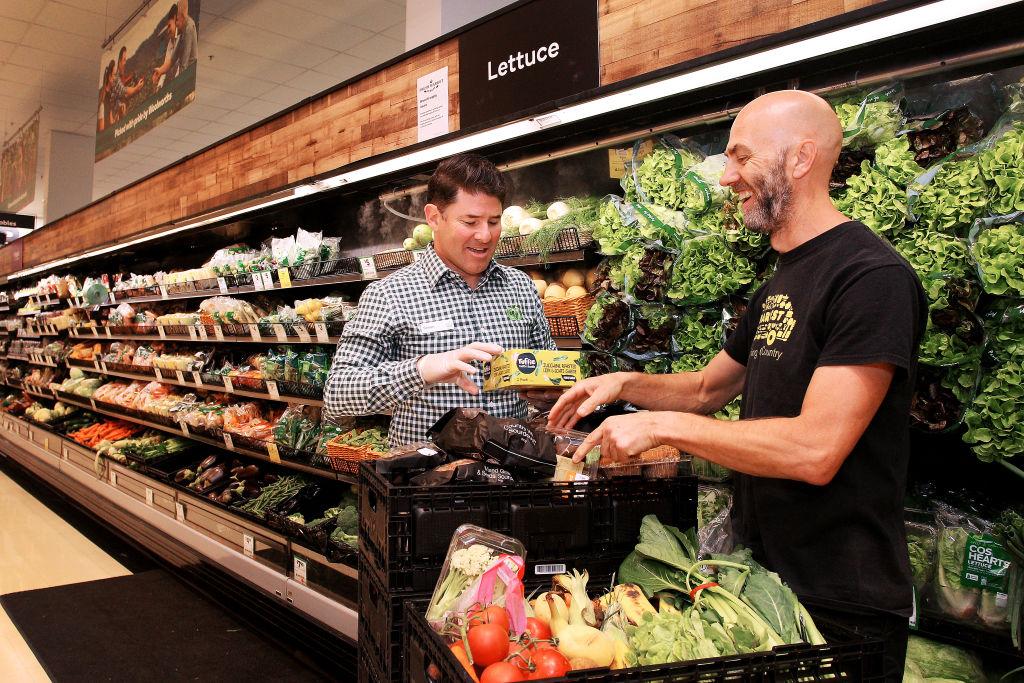Australian charities providing food relief are facing the adverse effects of a combination of unfavourable factors, including supply chain disruptions, rising living costs due to COVID-19, natural disasters and overseas conflict.
Ronni Kahn, the founder and CEO of OzHarvest—a non-profit organisation that collects extra food and delivers it to people in need—said that her organisation has had to buy food for the first time instead of relying on donations since COVID-19 broke out.





